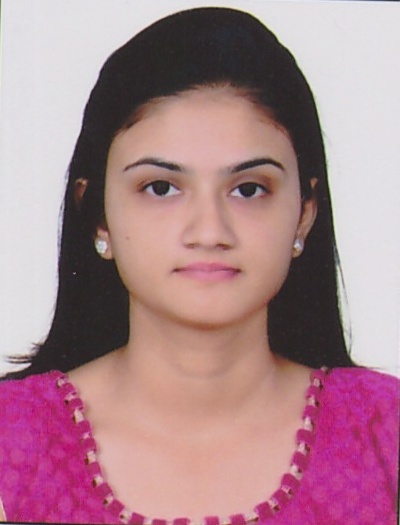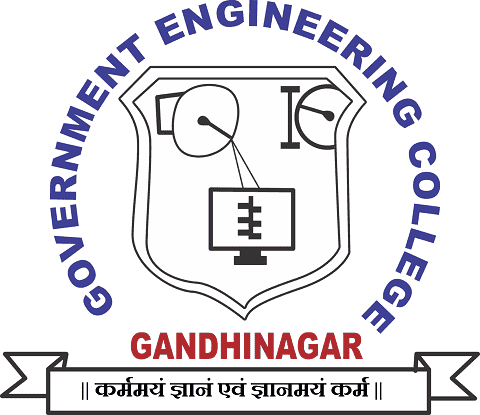portfolio

Prof. Nehal Shyal
Assistant Professor
CONTACTCABIN: 2002/3 |
|
EMAIL: nehalshyal@gecg28.ac.in |
AREA OF INTEREST
|
COURSE TAUGHT
|
RESEARCH INTEREST
|
EDUCATION
|
| # | Title | Publication Date | Author | Conference/Journal | Details |
|---|---|---|---|---|---|
| 1 | A Localization Protocol For Mobile Node Positioning In Multipath Environment | 2013 | Nehal M. Shyal | In Proceeding Of 2nd International Conference On Research & Development In Engineering, Technology & Science (icrd-ets) And Aes E Journal, 2013. - Awarded As Best Paper In International Conference. | In this paper a Network Model is presented for localization of moving node in Wireless Sensor Networks (WSNs). Multipath is major challenge to find location for a moving node in WSNs. Proposed method combines several methods to overcome multipath error for finding position of mobile node. Error is minimized based on threshold of RSS of each received channel. Simulation is done with Rayleigh channel and it enables to select the minimum error channel and finds accurate position with average error |
| 2 | Survey Report On Localization Protocol For Mobile Sensor Navigation In Awsn | 2012 | Nehal M. Shyal | Adit Journal Of Engineering, Vol.9, No.1 | Localization is an important aspect in the field of wireless sensor networks that has attracted significant research interest recently. Sensor networks hold the promise of revolutionizing our daily life by ubiquitously monitoring our environment and/or adjusting it to suit our needs. Many applications of wireless sensor networks (WSNs) require the knowledge of where the individual nodes are located. For example 1) Tracking of objects, 2) Location-based routing to give optimum path to a particula |

